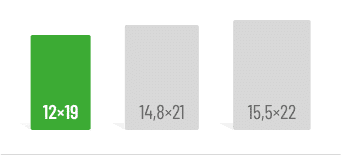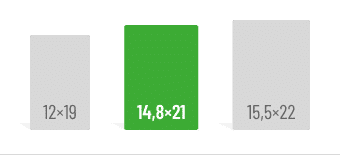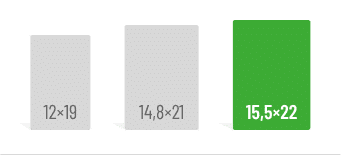First things first:
- Information literacy refers to the ability to search for, analyze, and use information effectively.
- In academic studies, it plays a crucial role in conducting research and presenting findings.
- Information literacy also involves critically evaluating the reliability of information.
The internet provides us with an overwhelming amount of information at any time. However, while access to diverse information has become easier, its significance in our society and daily lives has also grown substantially. This has led to the term “knowledge society.” Whether in school, university, or the workplace, information is the key to success.
Yet, with the growing volume of available data, it’s becoming increasingly difficult to manage the flood of information. For instance, on YouTube alone, around 500 hours of new video content are uploaded every minute (Statista, 2021). Social media, in particular, has become a breeding ground for unverified news and misinformation. As a result, it’s increasingly challenging for internet users to distinguish between facts and fake news.
What Is Information Literacy?
Information literacy is the ability to search for, evaluate, and use information effectively. It involves assessing your existing knowledge, deliberately expanding it, and organizing new information. This skill is crucial throughout a person’s life; even in later years, we regularly need new information and must evaluate sources for their reliability. However, information literacy is especially vital for students.
What Does Information Literacy Mean for Students?
The German Library Association outlines five standards of information literacy for students. They should be able to:
- accurately assess their need for information,
- find access to the required information,
- evaluate information and sources, and select them for their research,
- effectively communicate their own findings,
- and understand the responsibility that comes with using and especially sharing information.
Information literacy goes beyond just knowing how to navigate your university library’s website. It enables you to plan your research scope, evaluate the reliability of sources, and present your findings effectively — whether through a handout, PowerPoint presentation, or academic paper.
How Do I Conduct Research with Information Literacy?
Identifying Information Needs
Before starting your actual research, take a moment to consider what information you truly need. This involves:
- Defining key terms to ensure you can work with them effectively,
- Identifying which aspects of your argument require support from secondary literature,
- Clarifying theoretical foundations to reference in the practical section of your work.
Once you’re clear on what information is necessary, you can focus your search more effectively. This also helps you allocate time wisely, knowing which topics require more extensive research and which may rely more on your own insights.
Questioning Sources
When it comes to online sources, avoid accepting information at face value if you’re unfamiliar with the source or if the information appears on only one website. If you’re visiting an unfamiliar site or portal, start by finding out who operates it. This information is typically found in the site’s “Impressum” (legal notice). In Germany, every website is required to have an Impressum — if none is available, it’s better to skip that source. Once you know who’s responsible for the website, you’ll be able to evaluate the published information and any potential biases more effectively. For example, if you’re researching environmental protection and land on a fertilizer manufacturer’s website, consider the company’s economic interests. These will likely influence its stance on the topic!
Cross-Checking Information
Always verify the plausibility of so-called “facts.” Ideally, you should find the information not just on one website but also in other publications. This ensures the information is trustworthy.
If you come across a piece of information that appears on only one source but still wish to use it, verify its plausibility by consulting additional sources. Additionally, consider addressing the limited availability of that information. For instance, you could include a note in a footnote to highlight its absence in other references.
Presenting Results Transparently and Citing Correctly
While conducting your research, keep in mind that you’ll need to present your findings in a clear and comprehensible way. Even if you consult many different publications, it’s essential to track where you found each piece of information. Literature management software can be a helpful tool for staying organized.
Take note of how other researchers present their findings, such as through graphs, charts, or tables. If you’re collecting empirical data, make sure to present it in an organized manner. Additionally, include raw data in the appendix of your work to ensure your results are verifiable.
Still have questions about conducting research? We’ve got plenty of tips and tricks to help you! Check out all our articles on the topic here: https://www.grin.com/en/magazin/finding-your-topic-research-and-more/
Our GRIN shop is also a great starting point for your research. You’ll find publications from over 100 disciplines—surely one on your topic too: https://www.grin.com/catalog/
You might also be interested in these articles:
Do you like our magazine? Then sign up for our GRIN newsletter now!










